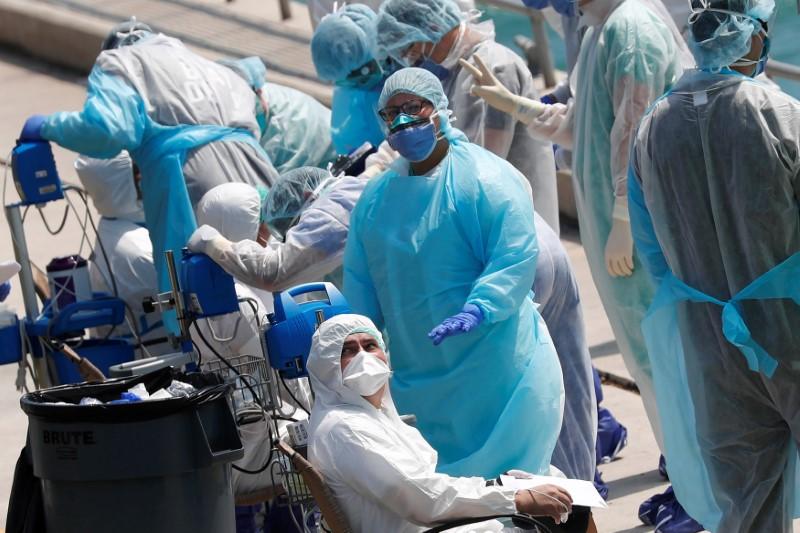Hospitals around the country are getting ready to handle more patients as the COVID-19 outbreak surges. While more beds are being added and architectural layouts are being changed to add more facilities to the existing ones, many temporary hospital beds are being quickly created elsewhere.
Local governments and hospital administrations are particularly rushing to find beds for a coming flood of patients, opening older closed hospitals, turning single rooms into doubles and re-purposing other medical buildings.





